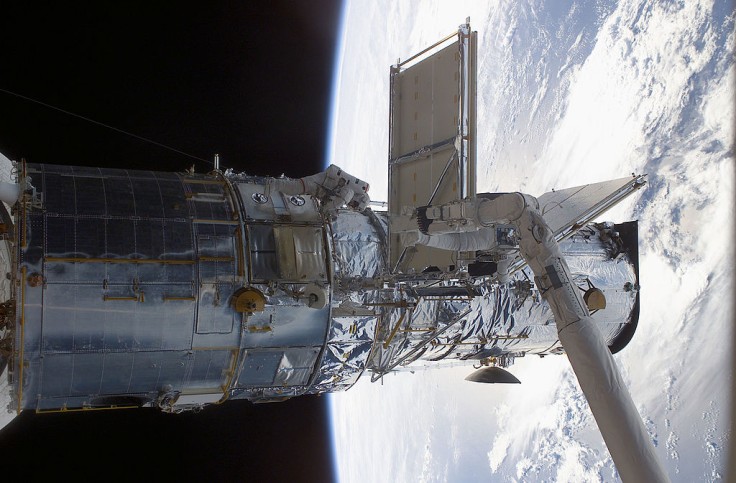
Dangerous cracks have been found on the International Space Station Zarya module, according to NASA. Retired astronaut Bill Shepherd stated that the cracks are a fairly serious concern.
The chief engineer of Moscow-based company Energia, Vladimir Solovyov, stated that "This is bad and suggests that the fissures will begin to spread over time."
Solovyov first announced in August that the visible cracks posed no threats. However, last Tuesday, in a House committee hearing, Shepherd told Congressional representatives that there are probably other cracks they haven't found yet.
Both the Russian and NASA engineers have not yet known the reason for the occurrence of these cracks. Shepherd's work on the International Space Station Program dates back to when the first modules were launched. He even commanded the first crew to the station in 2000. He flew to orbit four times via Space Shuttles, as per Business Insider.
Cracks on International Space Station Zarya module
In November 1998, Zarya was the first piece of the station to reach orbit. It is a part known as the Functional Cargo Block of the International Space Station's Russian segment. Rotating astronaut crews have been occupying the ISS continuously since November 2000, and this isn't the first time they have seen cracks visibly, according to Space.
Zvezda, another Russian module that launched to Earth orbit in July 2000, was also detected with fissures that caused a small air leak on the orbiting lab, which was detected in September 2019. From October 2020 until March of this year, cosmonauts patched the cracks in the Zvezda module. Despite the efforts to address the issue, it has been reported that there has been another pressure drop in the module.
Another example is the air leak in August 2018 noticed by the controllers in ISS. It was later determined that it was from a drill hole attached to the Russian Soyuz spacecraft. However, what caused the presence of the hole has not been definitively established.
Specialists in the field speculate that it is most likely caused by a human error on the ground, although space officials from Russia put the blame on astronaut Serena Auñón-Chancellor from NASA. However, NASA officials said that it was a baseless accusation.
Russia and NASA on International Space Station
Space officials stated previously that a vast majority of the equipment of the International Space Station is starting to age and alerted the public of a possible avalanche of broken equipment after 2025.
Numerous incidents have been reported about the space station recently. Last month, officials in Russia stated human error such as lapses in human attention and software glitch are possibly to blame for the Nauka module to cause the ISS to tilt about 45 degrees, according to Reuters.
A few hours after the module docked, the jet thrusters of the Russian research module Nauka accidentally burst into flames, which resulted in the entire orbital outpost to pitch out of its normal flight position with seven crew members aboard.
Roscosmos, the Russian space agency, has publicly announced its partaking of the ISS until 2024 and that it is open to extending its participation beyond then.









